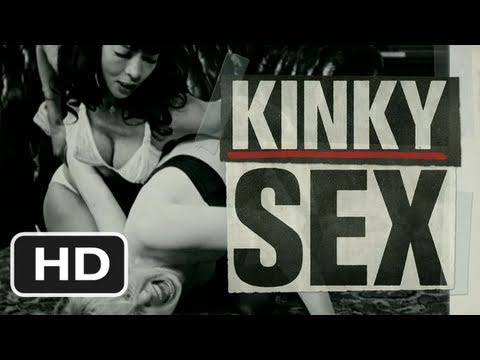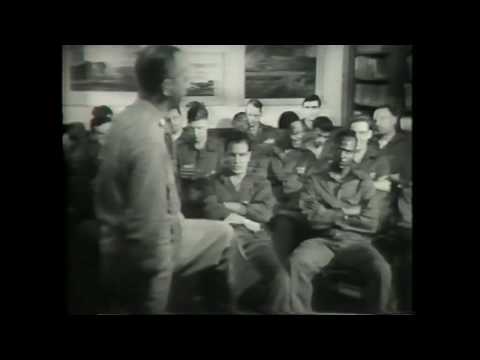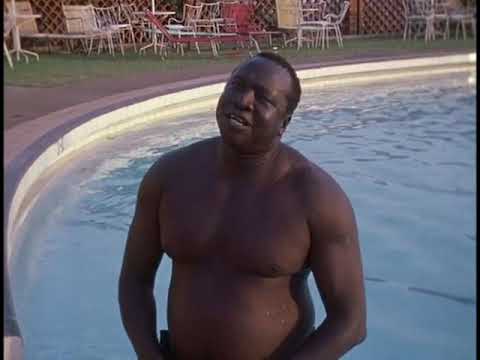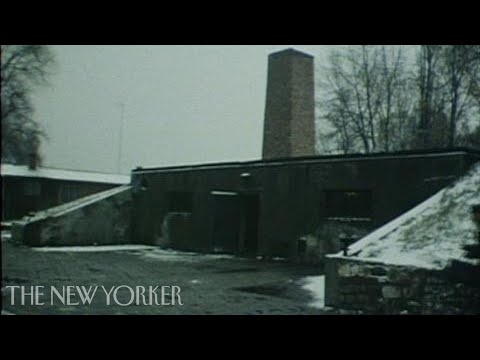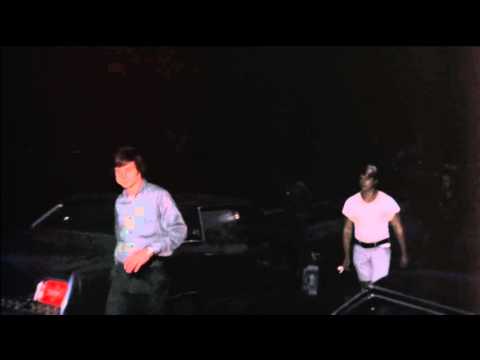10 The Sweatbox
This film portrays Disney’s massive retooling of The Emperor’s New Groove from a relatively artistic picture called Kingdom of the Sun to the crowd-pleasing final product. Disney originally hired Sting to record several songs for the cartoon, so the musician’s wife—producer Trudie Styler—filmed the process for a traditional behind-the-scenes featurette. When Disney cut Sting and drastically reworked the film, her project evolved into a controversial look at how studios dictate creative development. Disney refused to allow distribution of the film, other than a single screening at the 2002 Toronto International Film Festival. Though the documentary doesn’t actually criticize the company too harshly, the apparent cover-up has given the film a reputation as an indictment of all things Disney. The movie leaked online after 10 years, but Disney continues to hunt down and remove postings when it catches them.
9 Let It Be
Not often do Academy Award recipients choose to kill their own Oscar-winning films. But the Beatles documentary Let It Be was never a hit with the band itself, and when it won the Beatles the 1970 award for Best Original Song Score, the group refused to acknowledge it. They then spent the next few decades fighting legal battles to keep the film out of circulation. Let It Be tells the story of how the Beatles recorded their 1969 album of the same name, which was a process John Lennon called “six weeks of misery.” The film showed the band members at their most irritable, which conflicted a bit with their jovial public personas. One segment, filmed without the men’s knowledge, showed George Harrison blowing up at Paul McCartney. Another showed John extremely bored by Paul’s pontificating. In 2008, the surviving band members blocked the documentary from going out on home video, and to this day, there has still since been no authorized home release.
8 Tabloid
Errol Morris is an Oscar-winning documentary director of films such as Fog of War and The Thin Blue Line. But in 2010, he decided to make a film about Joyce McKinney, a beauty contest winner. McKinney gladly sat for interviews and even provided home movie footage of her backyard. She only later realized that the film focused on her allegedly kidnapping and raping her husband—along with the strange tale of her repeatedly cloning her dog. When McKinney saw the finished film, she sued Errol Morris and publicly claimed that the film’s producer had burgled her house. She responded to various online articles about the film (using the name “Truthteller”), threatening to sue the writers for perpetuating Morris’s lies. She threatened to sue Roger Ebert twice—first for covering the film and then for covering her threat. Despite all that, or perhaps because of it, Errol Morris says McKinney is the best subject he’s ever covered.
7 Let There Be Light
Director John Huston (of The Maltese Falcon and Treasure of Sierra Madre fame) had already proven himself somewhat problematic when the military hired him to direct this film in 1946. The army had previously nearly censored one of his films for overly graphic combat footage. But they seemed now to trust him with the less violent subject of soldiers’ treatment after war. Huston’s resulting 58-minute movie about post-traumatic stress disorder outdid his previous effort in controversy. It proved so touchy that the armed forces kept it from public view for 34 years. The official reason was concern for the soldiers’ privacy, but Huston figured other factors were at play. Watching it today, it’s hard to see anything too controversial in the film. It’s not some wild exposé. It looks exactly like you would expect from a film of the period, complete with an optimistic ending showing happy recovering patients playing baseball. There was nothing objectionable in terms of content—except, Huston suspected, that it showed American soldiers being vulnerable and human. The army had to kill the film, reasoned Huston, because it undercut the “myth of the warrior” that the armed forces find essential.
6 Idi Amin: A Self-Portrait
Idi Amin, responsible for 300,000 deaths, was one of the most brutal leaders in recent history. But Barbet Schroeder’s 1974 documentary on the man paints him as a silly parody of a dictator when he’s not being frightening. Among the more memorable scenes is one in which he oversees a military exercise and is delighted by a helicopter flying overhead. In another, he visits a hospital to warn doctors not to get drunk, lest they lose people’s respect. Among the more disturbing bits is his gleeful laugh when Schroeder quotes him as saying that Hitler didn’t kill enough Jews. After Schroeder finished filming, he flew to London to edit and screen the film. Some informants for Amin went to the screenings and sent the dictator notes about the film’s content. On the basis of that, Amin sent a directive ordering Schroeder to cut some material. When Schroeder refused, Amin acted in a manner more true to form and took hostage French citizens in Uganda, threatening to kill them unless Schroeder edited it as instructed. That got the dictator the results he wanted. But after Amin was deposed in 1977, the pulled footage was restored, leaving the director’s cut as the surviving version today.
5 Shoah
This nine-hour Holocaust documentary is famous for featuring only interviews and direct footage, with no score and almost no narration. Director Claude Lanzmann spoke to not just survivors but also those living near death camps—people indifferent to the deaths of millions near them and even people expressing pleasure at being rid of Jewish neighbors. Watch this video on YouTube Most controversial were Lanzmann’s interviews with camp guards and SS officers. Lanzmann recorded them using hidden cameras and microphones that sent footage to a van parked outside the interview location. In one case, the interview subject spotted the hidden camera. Instead of merely stopping and leaving, the former SS member had his son and three friends attack Lanzmann. The director wound up in the hospital for a month.
4 Harlan County U.S.A
Harlan County U.S.A. tells the story of the United Mine Workers Union of the Brookside Mine in Harlan County, Kentucky. It interviews people who almost died from mine collapses or who were doomed to die from black lung. Above all else, it covers the 1930s strikes at the coal mine, which resulted in 11 deaths and earned the area the name “Bloody Harlan.” But what probably haunts the viewer the longest is a more modern scene, in which miners face a group of gun thugs. Leading the group is Basil Collins, a man who ran for sheriff the year before the film came out. At dawn, as the gang escorts scab workers into the mine, Collins brandishes a gun at the camera, his face clearly visible. He leaves, so the thugs attack the camera crew and all but punch the lens. Kopple and her camera operator Perry Hart won big on that encounter. The film nabbed the 1976 Academy Award and also found itself in the American National Film Registry. Probably more important to the pair and the striking miners was that the footage served as evidence to convict Collins, who really should have known better than to attack a camera crew.
3 Titicut Follies
The 1967 ban of this film represents perhaps the most corrupt act of government film censorship in American history. Director Frederick Wiseman shot this documentary from raw footage of inmates at the Bridgewater State Hospital in Massachusetts. He had the permission of superintendent Charles Gaughan. He acquired release forms from coherent inmates; from the rest, he got permission from their legal guardians. But state Attorney General Elliot Richardson called for a ban on the film—for violating the inmates’ privacy, allegedly. It’s understandable, though, that people in power would want to keep this film from seeing the light of day. It shows a force feeding where a doctor’s cigarette ash falls into the funnel used to feed the patient. It shows that Bridgewater cells had only a mattress and a bucket instead of any sort of plumbing. Although Gaughan reportedly thought the documentary might spur interest in increasing the hospital’s budget, it looked more likely to bring in a federal investigation than more support.
2 Nub City
Errol Morris returns to this list for a much earlier story. In 1981, having made just one film (Gates of Heaven, notable as one of Roger Ebert’s favorites), Errol Morris turned his eye toward Vernon, Florida. Vernon had gained the nickname “Nub City” because people in town amputated their limbs for quick (if not very easy) insurance money. With funding from a German television company, Morris traveled to Vernon with a crew and made his intentions known. As it happened, the amputees were very hostile to the effort. Morris largely attributed this attitude to a local politician who was trying to be “king of the nubbies.” Morris received numerous death threats while in Vernon. Apparently not content with that, the so-called king of the nubbies allegedly tried to run over Morris’s cinematographer, Ned Burgess, with his car. That got the results every other censor on this list failed to achieve. Though Morris ultimately did make a documentary on curious individuals around Vernon, it contains not even a reference to the amputations.
1 The Act Of Killing
The most recent and most unconventional of the films on this list, The Act of Killing shoots a group of murderers dramatically and cinematically reenacting their own crimes. These killers worked for the government during the 1965 Indonesian mass murders of Communists, and they joyfully reminisce on camera about their past exploits. The blatant self-incrimination is bizarre. The film style, at least by international standards, manages to be more bizarre still. For starters, the film opens with a line of dancers in pink dresses sashaying out of a large fiberglass fish. Later, former government killers wear outlandish outfits out of Dick Tracy comics because one of them wants to stage the production as a gangster movie—he’s a real homicidal gangster but chooses to see his actions as that particular genre. These murderers are all allegedly safe from punishment because their government’s too corrupt to prosecute them, and the rest of the world has no power. But producing the film still made the filmmakers many enemies. And when the director hid their crew’s identities from the movie’s credits, these enemies decided to target screenings. A gang attacked several people, including a journalist who’d endorsed the film, at an Indonesian screening. Two film festival organizers received death threats. Considering that the interview subjects now work for a powerful paramilitary organization, these threats are very likely not empty ones. Dustin Koski doesn’t try to keep people from reading about him on Facebook.


